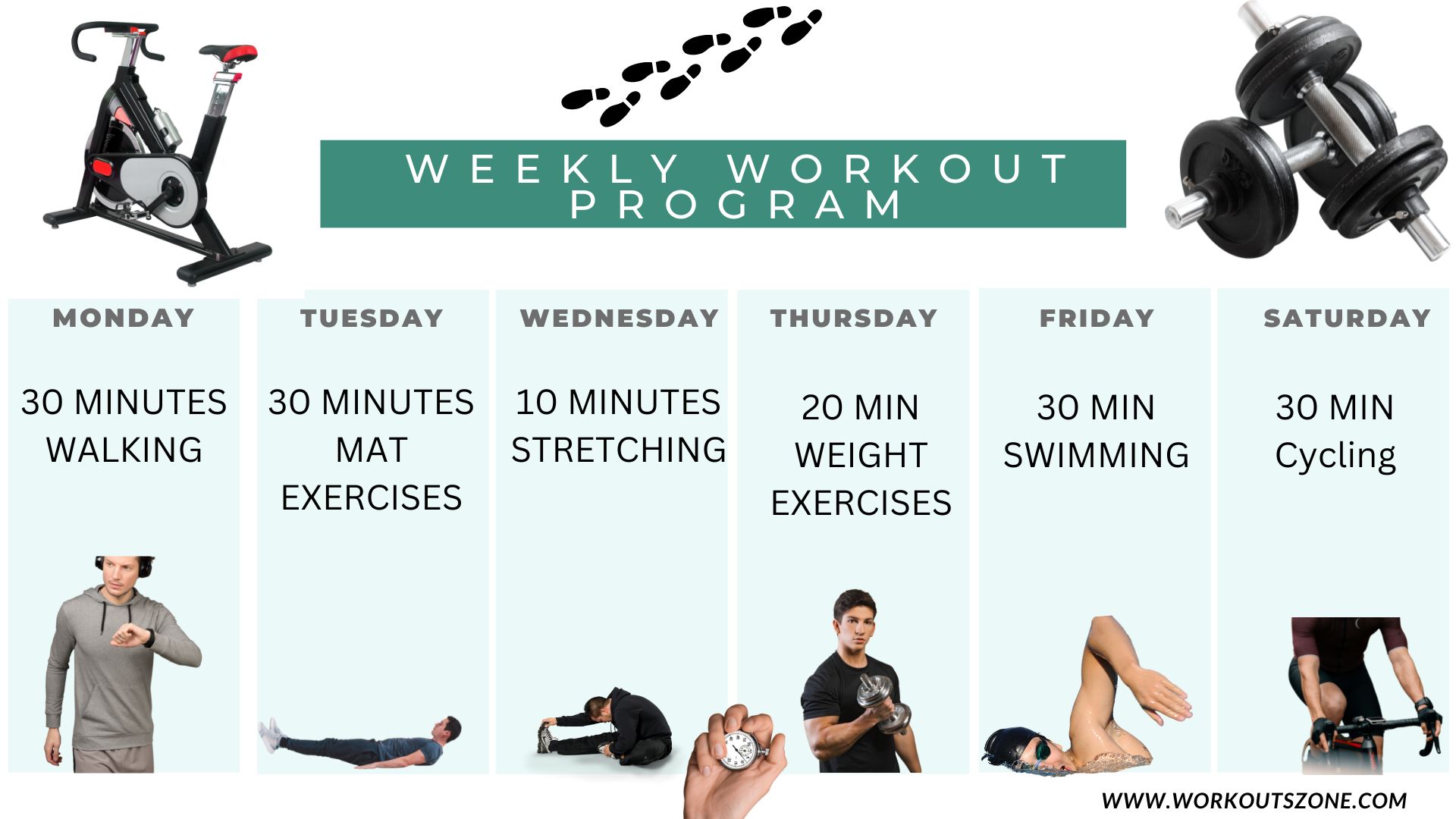Working Out For Health, Not Looks
You may think that working out is all about looking good. While there is nothing wrong with that, it is just one of the reasons you exercise. The benefits of regular exercise go way beyond a tighter waistline. In fact, some workout methods that focus merely on looks can actually be harmful. Especially when accompanied by overtraining or the consumption of harmful supplements.
But as a general rule, if you workout to improve your looks, you will still benefit your health. And if you workout to improve your health, you will still improve your looks. Most workout programs include both of these goals. However, the degree that each program accomplishes these goals varies. And if you want to get the most bang for your buck in regards to your fitness program, you should make sure that you focus on improving your health, not your appearance. After all, being healthy has many more advantages than looking good.
Why work out for health?
Exercise improves your heart rate, lowers your blood pressure, strengthens your bones, boosts your metabolism, and helps you control your weight. Controlled weight means less pressure on your joints. Regular exercise can prevent stress and depression. Exercise will also give you more energy throughout the day and feel better about yourself. This means that you will be happier and healthier.
The key is to improve the above components in moderation. That is to say, do not overdo it. Do not focus on one aspect at the expense of the rest. The end result should be a balanced workout regimen that you can maintain for the long term.
How to Work Out for Health?
A healthy workout program is one that is designed to improve your health and wellness. This includes your cardiovascular, muscular, respiratory, and skeletal systems. It also includes your mental well-being. Your workout program should therefore combine different types of exercises like strength, cardio, flexibility, and balance. The key is to improve the above components in moderation. That is to say, do not overdo it. Do not focus on one aspect at the expense of the rest. The end result should be a balanced workout regimen that you can maintain for the long term.
I'll give an example of what that might look like:
Monday: Walking for 30 minutes (improves cardiovascular health, increases strength in lower legs, and boosts mood)
Tuesday: 30 minutes of mat exercises to work your core, hips, and chest (improves strength and stability) Wednesday: 10 minutes of stretching exercises (improves flexibility and blood flow in your body).
Thursday: Weight exercises for 20 minutes (improves muscular strength and bone density).
Friday: Swimming for 30 minutes (improves endurance and increases your lung capacity).
Saturday: Jogging or cycling for 30 minutes (boosts your cardiovascular capabilities.
Sunday: Rest day.
In this sample, the total workout time is 2.5 hours a week. That is an average of only 20 minutes a day. You would start your week with a simple cardio exercise and end it with a more intense one. In the middle of the week there are exercises with less impact to give your joints a break. And to focus more on other fitness elements like strength, balance and flexibility.
Examples of exercises that target health
The following are 5 examples of safe exercises that are very beneficial for health:
1. Walking: walking is simple, free, and a great way to increase your daily physical activity. Walking 30 minutes a day can improve your mental health and decrease your chances of developing high blood pressure, diabetes, heart disease, high cholesterol, osteoporosis, and obesity.
2. Neck rolls: these exercises help you stretch and strengthen your neck muscles and relieve muscular tension. Simply roll your head forward, backward, and side to side. Neck muscles help carry your head. They help prevent many injuries that result in headaches, dizziness, and many more complications. Neck muscles are also one of the main posture muscles that keep your body aligned and upright. Keeping your neck muscles strong is therefore essential for your well-being and safety.
3. Good morning exercise: this exercise is great for strengthening your lower back muscles. These muscles support your spine and help keep your upper body aligned. It is called a good morning exercise because the movement resembles a morning bow performed as a gesture of respect.
4. Burpees: this is a great full-body exercise that works out almost every major muscle group. Burpees exercise is a modified pushup that incorporates a jump and a squat at the end of the pushup. Doing burpees regularly helps you perform tasks like standing up or picking something from the floor with ease. If you are new to burpees, be sure to do them slowly without jumps.
5. Flutter kicks: this is a simple exercise to work on your core strength. Flutter kicks also help to strengthen the muscles on the front of your thighs and hips. These muscles are important for balance and stability. The best part about flutter kicks is that you can do them while safely laying on your back. Simply alternate your legs in a back-and-forth motion without letting them touch the ground.
www.workoutszone.com
